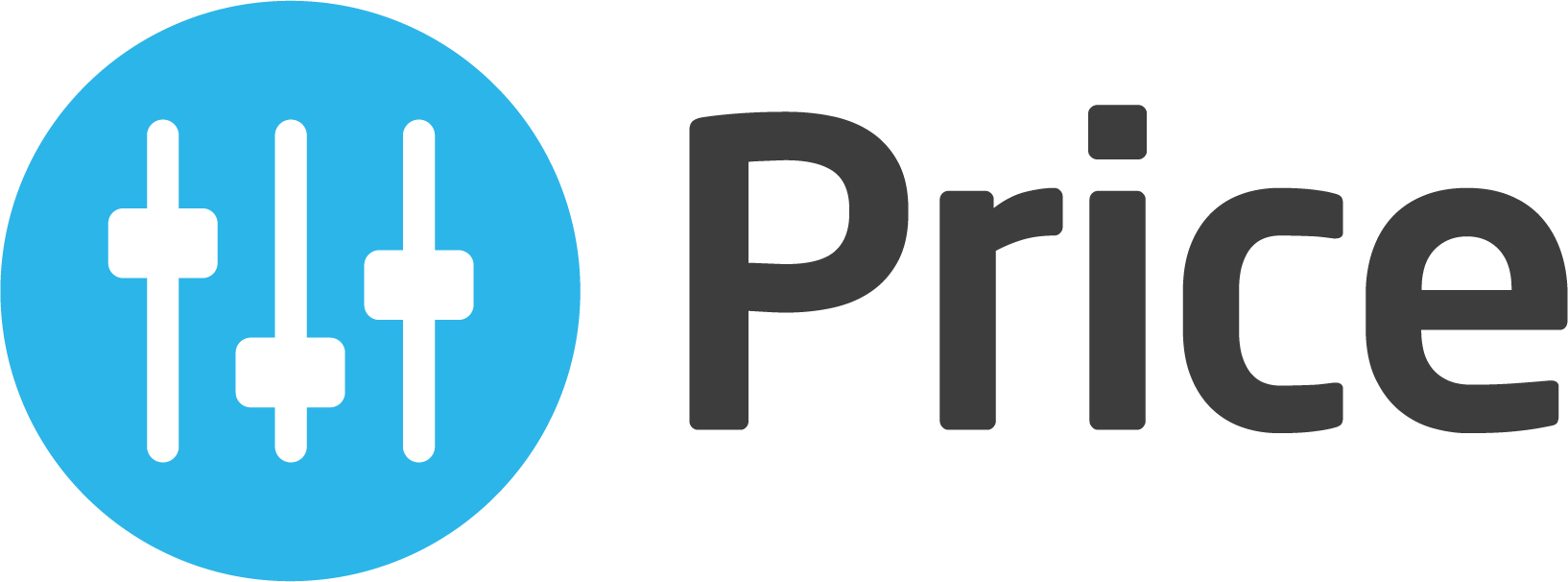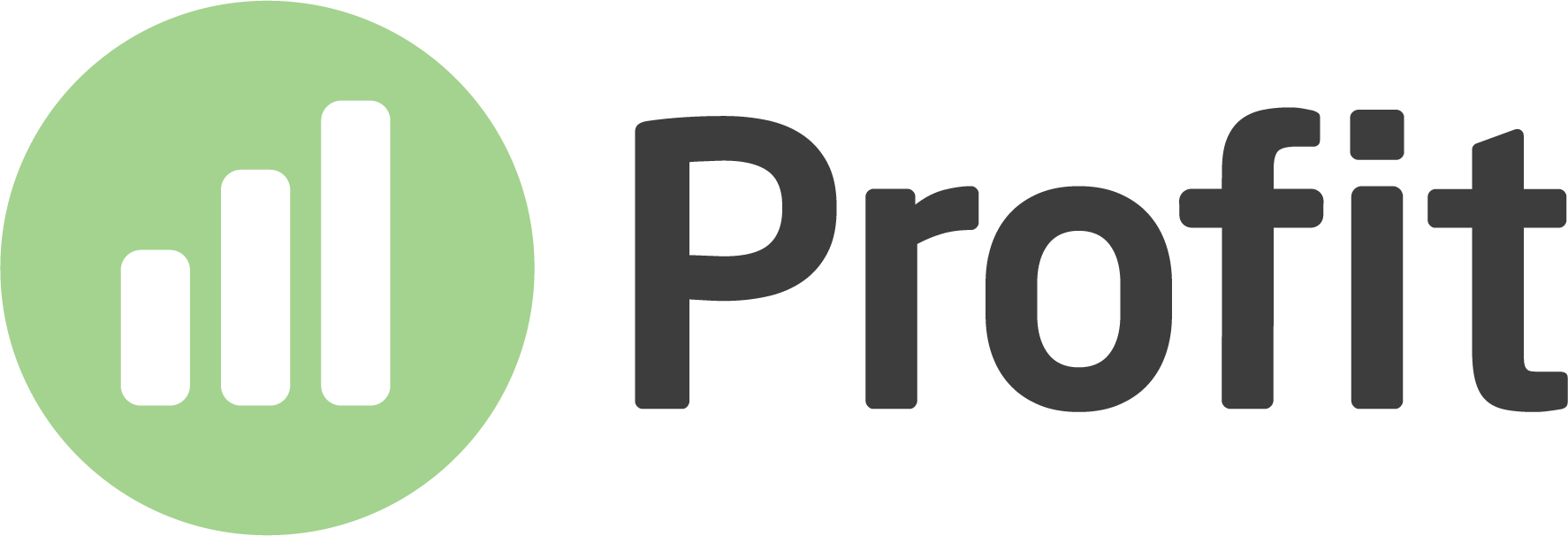The Next Evolutionary Step in Price Optimization: Market Simulation
Elevate pricing from the tactical to the strategic with a sandbox – a digital twin marketplace for you to play pricing war games in and where you can truly understand the impact a price will have on your business.
Upgrade to the FutureWhat You Get with Bijou 7.0
Market Simulation
Usability Improvements
Gain the freedom to explore the impact of new pricing strategies without the fallout.
Enables price optimization in a context of the overall product portfolio as well as competitors and their possible response
You benefit in a form of optimized product portfolio or well estimated competitive reaction
Suitable for conditions with known market prices (B2B cases with known/public pricing and as standard in B2C industries)
Market response simulated through various WHAT IF scenarios
Improve your margins and increase revenue by selling at optimized prices across all markets and products
- Enhanced dashboards so you can immediately see relevant information that matters to you
- Handle "Awaiting Approvals" through active links
- Leverage more efficient global search or new filtering
- Create new mass workflow actions for Live Price Grids
- Use our Next Gen AI Price Optimization in 3 simple steps
Your 360° Suite of Pricing Tools
Turn data into actionable insights that drive your competitive pricing strategy.

PLAN using advanced analytics with data from all your systems
PRICE using AI-optimized price management solutions
PROFIT with AI-optimized quoting and quote configuration
Suggested Products:
Why Our Customers Love Us
Discover the benefits and profits of implementing a successful data-driven pricing strategy with Pricefx.
Access All Case Studies“With PriceFX we have speed up the process of price regionalization. In the blink of an eye we are able to tailor pricing logic for a specific market.”

Dawid Krzanowski
Master Data Specialist, Senetic
“With PriceFX we have speed up the process of price regionalization. In the blink of an eye we are able to tailor pricing logic for a specific market.”

Dawid Krzanowski
Master Data Specialist, Senetic
Find Our More About Market Simulation, AI, and Price Optimization
What is Price Optimization and How Do I Get It?
With a recent breakthrough in artificial intelligence, powerful, actionable pricing insights have become accessible to anyone selling online. And that means you, too.
Using Market Simulation to Align on Key Objectives
Bring balance to your key objectives. MarketSimulation can help you to reduce cannibalization, unnecessary price wars, and anticipate the impact of your competitors’ pricing strategy on your business.
Making Informed Decisions with Market Simulation
Join Toby Davidson and Milan Haba to learn how you can use market simulation to optimize for multiple key objectives and make even better decisions.
Bijou 7.0: Exploring The Next Step in Price Optimization
Market Simulation is Pricefx’s next step in price optimization and has been designed to enable superior price optimization through predicted end-to-end impact simulations.
Say "Hasta La Vista" to Yesterday's Pricing Tech
Join Manuel Pfeifer as he shows you why first-generation pricing AI cannot even come close to competing with next-generation pricing AI.
FAQs
If market simulation is new to you, and you want to know more, then you've come to the right spot. Find out how the Bijou's upgrade can help you to get even more strategic so you win bigger.
What is market simulation?
Market Simulation enables price optimization in the complete context of your product portfolio as well as competition. It simulates the real impact of simulated strategies on customer purchasing behavior.
Bijou uses our Next Gen AI-based technology and enables you to allow your profits to grow faster. With market simulation you can make business decisions that are designed with a positive, predicted impact in mind.
How is market simulation different from price optimization?
Competitive solutions often use just price elasticity to optimize prices. Unfortunately, price elasticity has many shortcomings. Price elasticity models cannot predict cannibalization. They cannot calculate the total impact of a price change across an entire product category. They cannot anticipate competitor reaction. They cannot handle simultaneous price changes. They require lots and lots of transactions data. And price elasticity models are invalidated after a single use.
Market Simulation doesn't suffer from any of these problems. Market Simulation focuses on customer behavior - not product transactions. This means it can predict how the whole market will be impacted by a price change. And because it reproduces the dynamics of a market, any type of market data can be used to generate a more realistic model.
What happens when companies use old technology for price optimization?
Old algorithms pretend that changing the price of one product won't impact the sales of any other product. But cannibalization is the biggest hidden challenge companies are facing.
Here's the problem. A company might Gen 1 technology to find an "optimal" discount for product A that promises to lift profitability for that product by 10%.
At the same time, the company finds an "optimal" discount for product B that offers the same promise. So the company discounts both A and B expecting to increase profitability by sum of both effects.
But guess what? Profitability doesn't change or may even decline. What happened? Product A's 10% lift was calculated at the expense of product B. And Product B's 10% lift was calculated at the expense of product A. Put them together and your profit lift is zero.
Can market simulation help my business?
Yes!
Market Simulation helps those companies who advertise public prices. Hence all B2C and eCommerce companies will benefit. B2B companies that have public prices and a wide range of customers are also good candidates.
Why would I or my company want Next Gen price optimization?
Market Simulation identifies a wide range of profit, revenue, and volume maximizing prices for single product pricing, multi-product pricing, and portfolio pricing. But that's not all. Market Simulation will also calculate:
- a company's best response to a competitor's price change,
- seasonal and markdown prices,
- optimal product assortments and inventory risk, and
- the impact of new product entries.
When I run a simulation, what can I expect?
In addition to the many price recommendations, Market Simulation generates three types of output:
- demand curve predictions: how will the demand for my products change with price?
- change impact predictions: what will be the total impact to my sales across all products in my category?
- customer flow predictions: where will customers go when there is a change in the market?
Sounds exciting, but how long will it take to implement?
The results dashboard and simulation sandbox are standard features of the Market Simulation offering and require little configuration. However, tuning the company's model will take time and a pricing scientist. Luckily, data can be used to tune a model. It just needs to fit into a tuning algorithm. Expect that to take approx. a month.
Not as long as you thought, right?


